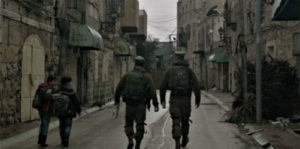
Timing is everything. Idit Avrahami and Noam Sheizaf’s documentary, H2: The Occupation Lab‘s timing, couldn’t have come at a better time. How the hell did we get here?
The documentary takes us to a strip of road located in the Palestinian city of Hebron. H2 is a piece of land that holds the Cave of the Patriarch—the burial location of the father of Israel and Palestine, Abraham. As of the filming of the documentary, H2 is a heavily guarded stretch of land monitored by Israeli forces. Military personnel have great power in who is allowed to enter and exit, to the dismay of the Palestinians who once lived in this region.
Avrahami and Sheizaf take us through the history of this region, starting with the start of the Israeli occupation of the West Bank as a result of the Six-Day War. Jewish settlers had their eye on the land near the Cave of the Patriarch as they wanted to use this holy landmark to worship. At the time, the cave was also the location of a mosque.
According to the documentary and news footage, the intent of the Muslim leaders was to provide a home and community for the new settlers. From the start, access to the Cave was a touchy issue. With the best of intentions, tension rose between the Palestinians and the Israelis. Slowly, peace began to deteriorate, and the Israeli military began to flex their muscles.
Over the decades, this flexing not only led to violent altercations resulting in the deaths of civilians, young and old but also led to the further entrenchment of both sides. The inability of both sides to come to a peaceful arrangement brings us to where we are today.
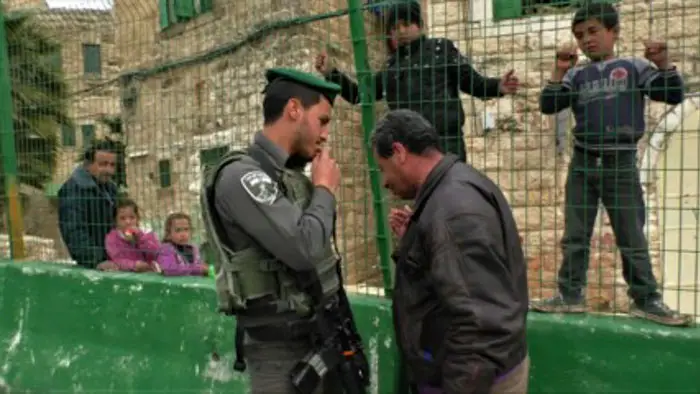
“…had their eye on the land near the Cave of the Patriarch as they wanted to use this holy landmark to worship.”
Admittedly, I’m not an expert on the tensions between Israel and the Palestinians. In all honestly, much of what I know comes from a very pro-Israel perspective. H2: The Occupation Lab gives us the Palestinian perspective on the conflict.
The film attempts to document what it sees as the slow and pervasive way in which the land H2 was slowly taken over (or stolen) by the Israelis. What started as an honest attempt to share this section of the city over the years became what the Palestinians believe is a laboratory for Israel to seize land from underneath the Palestinians. In other words, the tactics Israel learned in Hebron, they then used in other territories along the West Bank.
During one bloody uprising, when a lone Israeli gunman killed dozens of Palestinians, the locals were quarantined for over ten days. Later, Israeli troops went door to door and welded their doors shut.
The case made by the filmmakers comes from news footage during the conflict, interviews with activists and leaders on the ground, and from the people living along this narrow series of streets.
What’s missing from the documentary is the Israeli rebuttal. Yes, I’m well aware that there are documentaries about the same events from the Israeli perspective that are missing the Palestinian rebuttal.
I certainly have my opinions about the subject. What’s clear to me is that I don’t know everything…virtually nothing about what is happening along the West Bank and Gaza. The prime importance of a documentary like H2: The Occupation Lab is to get that other perspective, be informed, and develop a more educated position.
The conflict between Israel and Hamas today is not as cut and dry as we’re led to believe, and declaring enemies and allies is not as clean as I’d like it to be either.
For more information about H2: The Occupation Lab, visit its page on the Film Movement website.
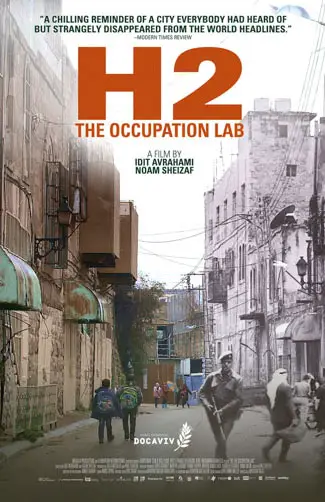
"…conflict between Israel and Hamas today is not as cut and dry as we're led to believe..."

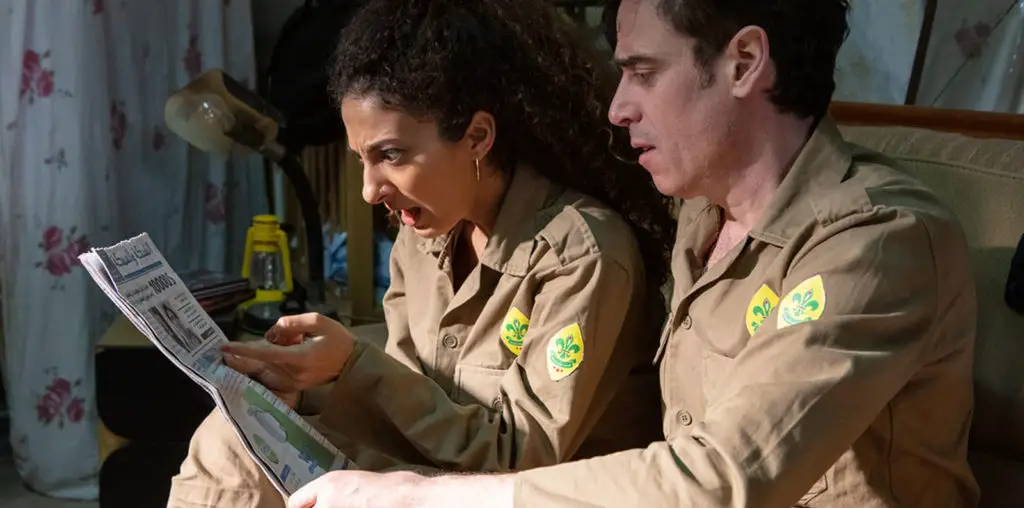
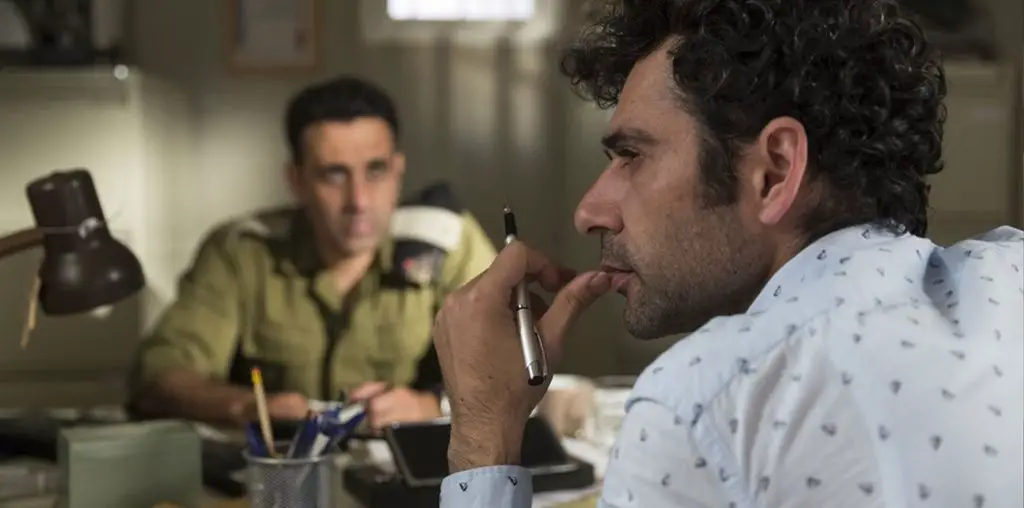
yeah it’s palestinian propaganda. the tensions in hebron date to way before 1967.